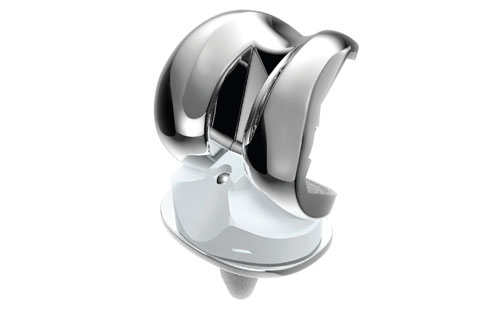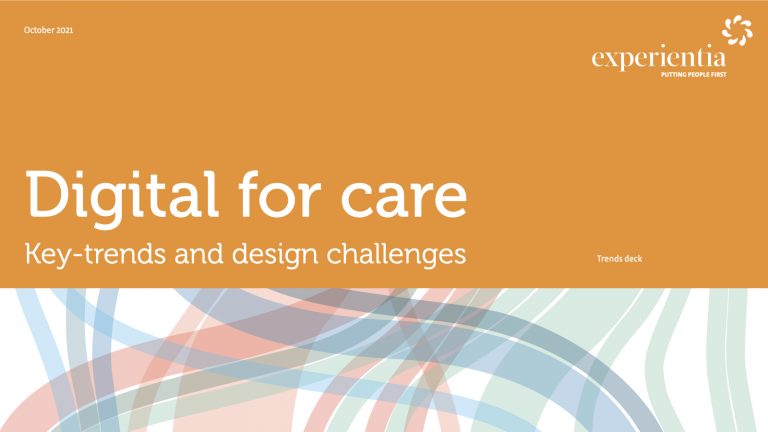The importance of user-focused research in medical device design

“The human factors activities that deliver safety and effectiveness [in medical devices] do not necessarily deliver a good user experience or, ultimately, a good product,” argues Martin Bontoft in MDDI.
In fact, he writes, “some industry experts have observed unintended consequences of regulating human factors and design: Regulated activities can crowd out unregulated efforts to improve device design, and consequent increases in safety and effectiveness may be at the expense of user experience. In other words: The device is safe, but would anyone actually want to use it?”
“The best approach is to conduct user-focused research in conjunction with device-focused user research. Design research includes a range of techniques that provide insights about people—not just users—and that do not require, or even presume, a device. This approach yields evidence that is likely to be relevant to device developers, but it is also relevant to a wider range of stakeholders. It will tell you, for example, not only whether people are likely to want your product, but why or why not, input that is essential to good product development.
Techniques inspired and informed by ethnography, such as contextual inquiry and design ethnography, are key to successful user-focused research. Both of these ethnographic field research methodologies seek to understand and explain—and thereby predict—user behavior, even though that behavior may seem inexplicable and even irrational. However, contextual inquiry best describes the research activities focused on people in a specific context of use, such as an operating theater or with a legacy device, such as an injector. Design ethnography, on the other hand, is slightly more open-ended, less focused on an existing context, and more likely to look obliquely at peoples’ existence, perhaps because the device or context of use is so new.”



